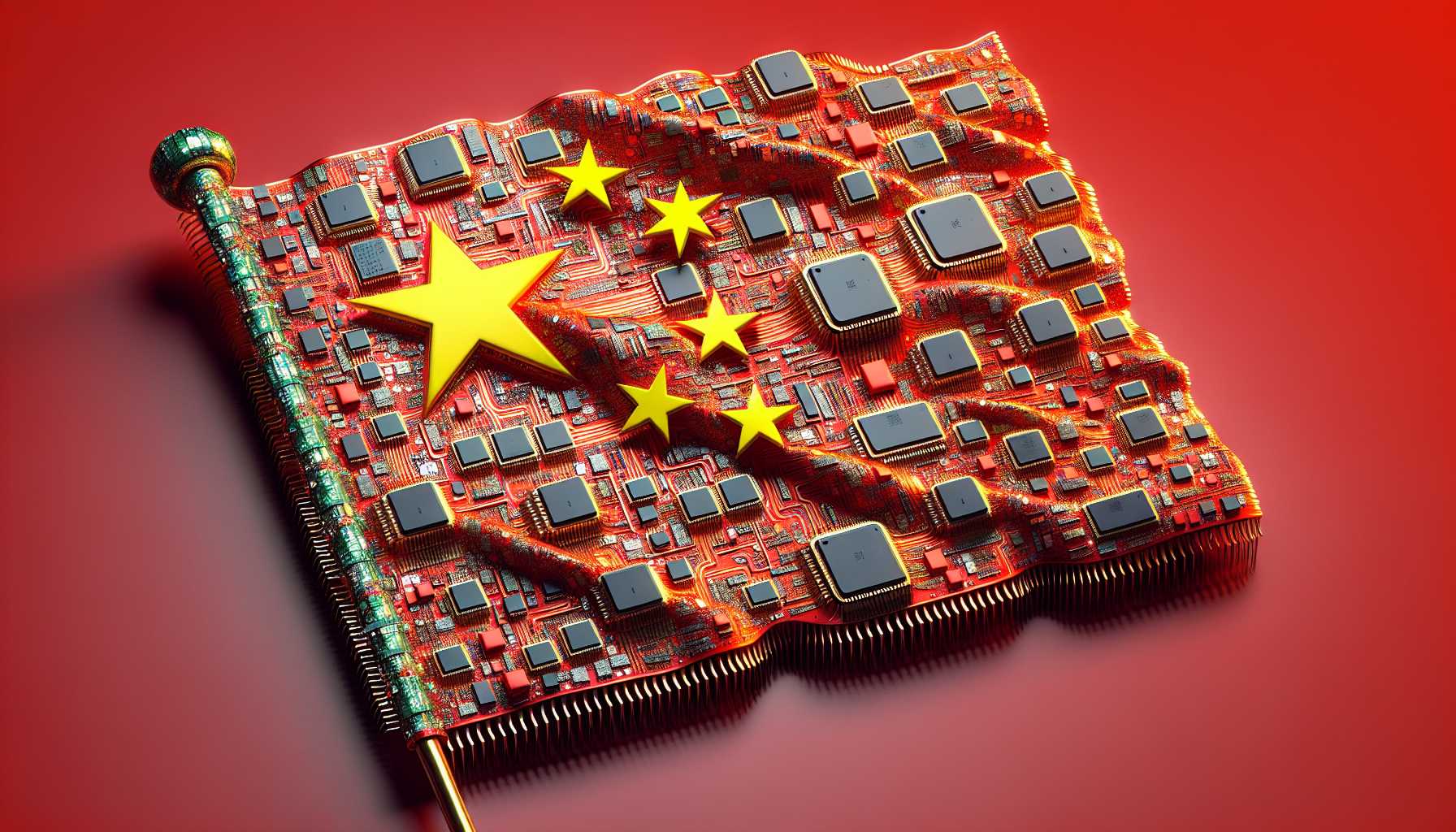The Chip Sovereignty Shuffle: China’s Homegrown Ambitions
China’s Ministry of Industry and Information Technology has set the technological world abuzz with its latest edict: ousting foreign-made semiconductors from its telecom networks by 2027. Intel and AMD, the titans of chipmaking from California, are facing the most heat as their processors are deeply entrenched in China’s networking infrastructure.
This mandate is a bold reflection of the contemporary techno-nationalism trend and an echo of similar actions by the United States against Chinese tech giant Huawei. China’s thrust on domestic semiconductor development isn’t just about pride or economics; it’s a strategic maneuver amid escalating tensions and a fragmented global tech landscape.
The rising stars in China’s semiconductor sky, such as Huawei’s in-house 5G chips, are promising but have yet to prove they can stand toe-to-toe with NVIDIA, Intel, and AMD’s silicon prowess.
The Unpkg Outage: A Wake-up Call for the Open-source Realm
On a seemingly ordinary Friday, the digital dominos began to topple as Unpkg, a linchpin in the open-source content delivery network (CDN) ecosystem, experienced a service disruption. The outage was not just a technical hiccup but a stark revelation of the fragility in the volunteer-led coding cosmos.
With over 4 billion daily requests left hanging, developers worldwide found themselves caught in a frantic scramble to keep their sites afloat. This incident underscores a vital lesson for tech enthusiasts and professionals alike: reliance on digital infrastructure can come with hair-trigger fault lines.
The spontaneous switch by many developers to alternative services like jsDelivr is a testament to the resilience and adaptability of the open-source community. Nevertheless, it also spotlights the perpetual balancing act between innovation, dependability, and the ever-present specter of potential cyber threats.
Google Paradox: The Vanishing VPN Service
In a digital environment where privacy is akin to gold dust, Google’s decision to shutter its VPN by Google One service later this year sends a curious message. This termination, despite Google’s extensive reach across VPN landscapes via Google Fi and Pixel devices, poses an intriguing question about market demands and consumer behavior.
As witnessed by Android Authority and elaborated on by 9to5Google, Google attributes this shutdown to a classic case of supply outstripping demand. Diving into this, it’s essential to ponder, as a consumer and a tech maven, the paradox presented here by Google: what does it truly take for a VPN service to click with users?
The market is a tempestuous sea of choices, and from the looks of it, even a tech behemoth like Google isn’t immune to the rough tides of user preferences. As the curtains draw on Google One’s VPN service, we are reminded of the relentless evolution of tech offerings, where today’s genius can swiftly become tomorrow’s memory.
Tesla’s Turbulence: Financial Realities and Strategic Shake-ups
Tesla, a name synonymous with electrifying innovation, finds itself confronting the gravitational pulls of economics. The recent layoff announcement, slashing some departments by a staggering 20% and affecting high performers, is a bracing reality check in Tesla’s meteoric journey.
The underlying rationale, as cited by TechCrunch, speaks volumes about the fiercely competitive EV market and the diminishing luxuries of comfortable profit margins. This restructuring serves as a strategic reset, paving the way for Tesla’s ‘next phase of growth,’ whilst contending with an EV price war.
Yet, amidst this organizational earthquake, there’s the perennial thrust toward self-driving cars and the cessation of a low-cost EV project that once shimmered with promise. What’s particularly noteworthy to a tech financier like myself is how talent and projects are both enigmatic collateral in the relentless pursuit of corporate focus and financial rigor.
Bite-size Bits: Surges in Smartphone Shipments and AI Investment Dynamics
The smartphone and AI sectors never cease to intrigue with their dance of numbers and market maneuvers. Samsung and Apple continue their storied rivalry, with the Korean tech giant reclaiming its throne in global smartphone shipments, while Apple grapples with a noticeable dip. And as IDC’s analysis paints the picture of a fluctuating domain, Xiaomi, Transsion, and OPPO hold their ground, asserting the vibrant diversity of the market.
On the AI front, Stanford University’s report throws a curveball, revealing a decline in global corporate investments for the second consecutive year. Despite this, the U.S. maintains an aggressive investment posture, far outpacing its global counterparts. But the real story lies in how these investments translate into tangible business efficiencies, where AI seems to be more than paying its dues, particularly in automating contact centers.
As we wade through the ebb and flow of these segments, we witness a perpetual state of flux, with each ripple in investment and sales forecasting a future ever more intertwined with smart technology.
In conclusion, the technology landscape continues to shape-shift with rapid advancements, global policymaking, and economic imperatives intertwining to redraw the horizons. Each development, be it a strategic chip replacement or investments in AI, adds a tile to the mosaic of our digital future. What remains clear is that agility, foresight, and an unwavering commitment to innovation are the navigational buoys for anyone sailing these tech-infused waters.





